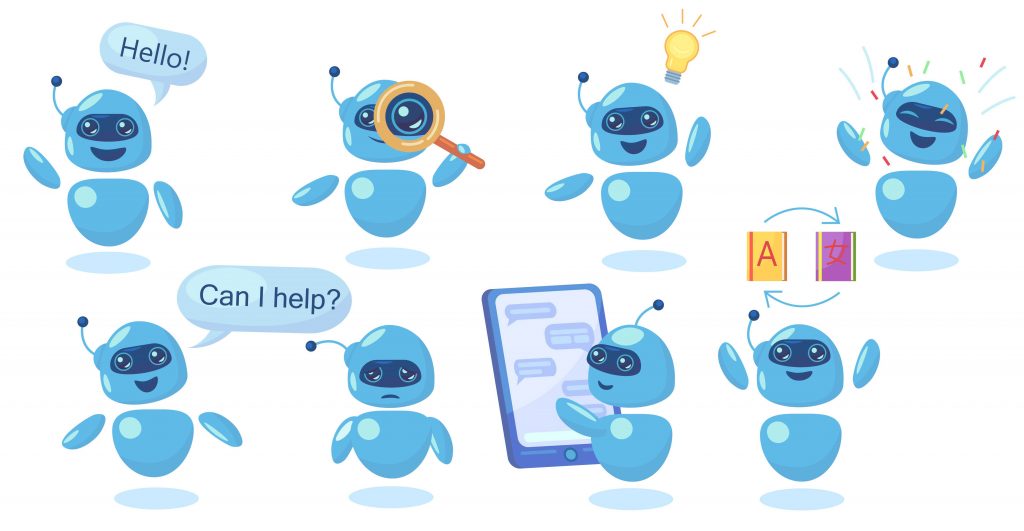Chatbots and Conversational AI are NOT the same things. How many times do we all use Chatbots and Conversational AI interchangeably? Let me guess; you’re probably thinking, were they any different?
None to be blamed, but on the surface, these two terminologies appear similar. Their core value is to enhance customer experience through automating conversations.
Conversational AI is what chatbots aspire they could be. Most business owners wonder, how are they different, and which one is the right choice for your organizational automated engagement model?
Today, let’s break down the competition between chatbot vs. Conversational AI to answer those questions. However, their differences lies in how they achieve their goals. Let’s understand both these concepts more clearly, shall we?
What is a chatbot?
So how is a chatbot defined? What separates it from a more advanced Conversational AI solution?
Chatbots are computer programs or machines that can “chat” with you. Some chatbots come in the form of robots. Most, however, exist as basic software programs, operating through a chat interface on a website or in an app. The most common way to interact with chatbots is via text, for example, through messaging apps or a chat interface.
The question of chatbots vs. Conversational AI becomes blurred when considering the two critical types of chatbots available.
These are rule-based chatbots and AI-based chatbots. A lot of the time, when someone talks about chatbots, they mean rule or flow-based bots. These are chatbots with pre-written questions and answers with no deviating from their provided answers or topics.
Hence, building a chatbot doesn’t require any technical expertise and can be constructed quickly on bot builders and can also be deployed independently on digital channels.
What is Conversational AI?
While rule-based chatbots aim to provide enhanced customer service with pre-defined conversational flows, Conversational AI’s approach is more sophisticated with its natural language processing and machine learning capabilities. Conversational AI is not just about rule-based interactions; they are more advanced and provide exceptional service experience with conversational abilities.
Conversational AI can offer a more dynamic experience in bot-human interaction through an intelligent dialog flow system. It refers to a host of artificial intelligence technologies that enable computers to converse “intelligently” with humans.
These technologies include NLP, ML, Dialog Management, and Intelligent Input Analysis. Let’s understand them better:
Natural Language Processing
NLP is short for Natural Language Processing. It allows a machine to understand what we say in our natural language.
That is, the way we naturally speak, with slang, abbreviations, mispronunciations, and so on. NLP allows machines to understand both voice as well as text input. For instance, with NLP, you don’t need the exact correct syntax for a chatbot to understand you.
Machine Learning
ML stands for Machine Learning. It means that the machine can intelligently interact and learn from the interactions with us.
So, in Conversational ML, Systems allow the machine to use its interactions to inform and create better conversational experiences in the future.
Dialog Management
The conversational AI solution framework produces meaningful dialogs in natural language using Natural Language Generation (NLG) and associated tools.
Input Analysis
Intelligent Input Analysis is another crucial function of conversational AI. It’s all about enabling the machine to analyze the input information to make suggestions and recommendations.
Which is better for your organization?
In the chatbot vs. Conversational AI deliberation, Conversational AI is almost always the better choice for your business. It takes time to set up and teach the system, but even that’s being reduced by extensions that can handle everyday tasks and queries.
Applying conversational AI solutions to your own vertical can appear challenging at first. Still, with the right framework and proper establishment, Conversational AI can drastically alter your team’s workflow for the better before you know it.


